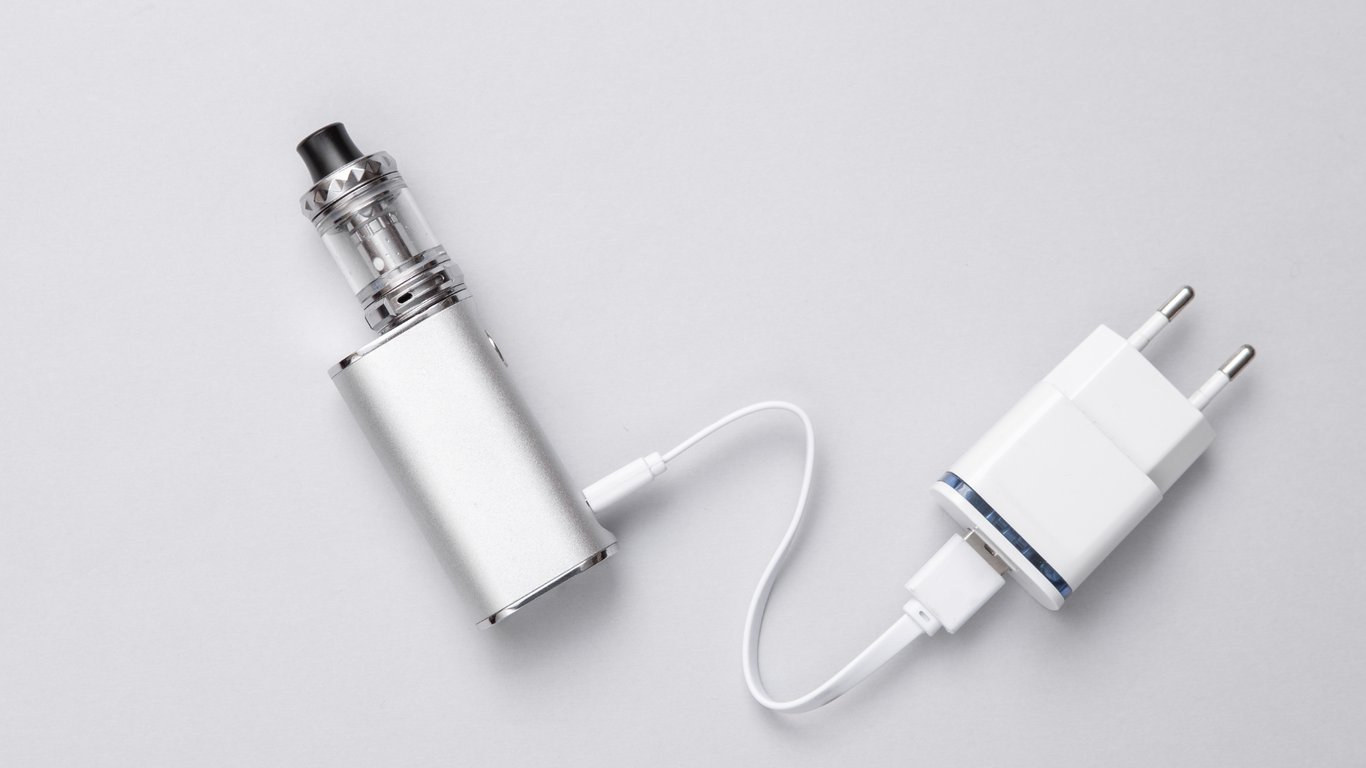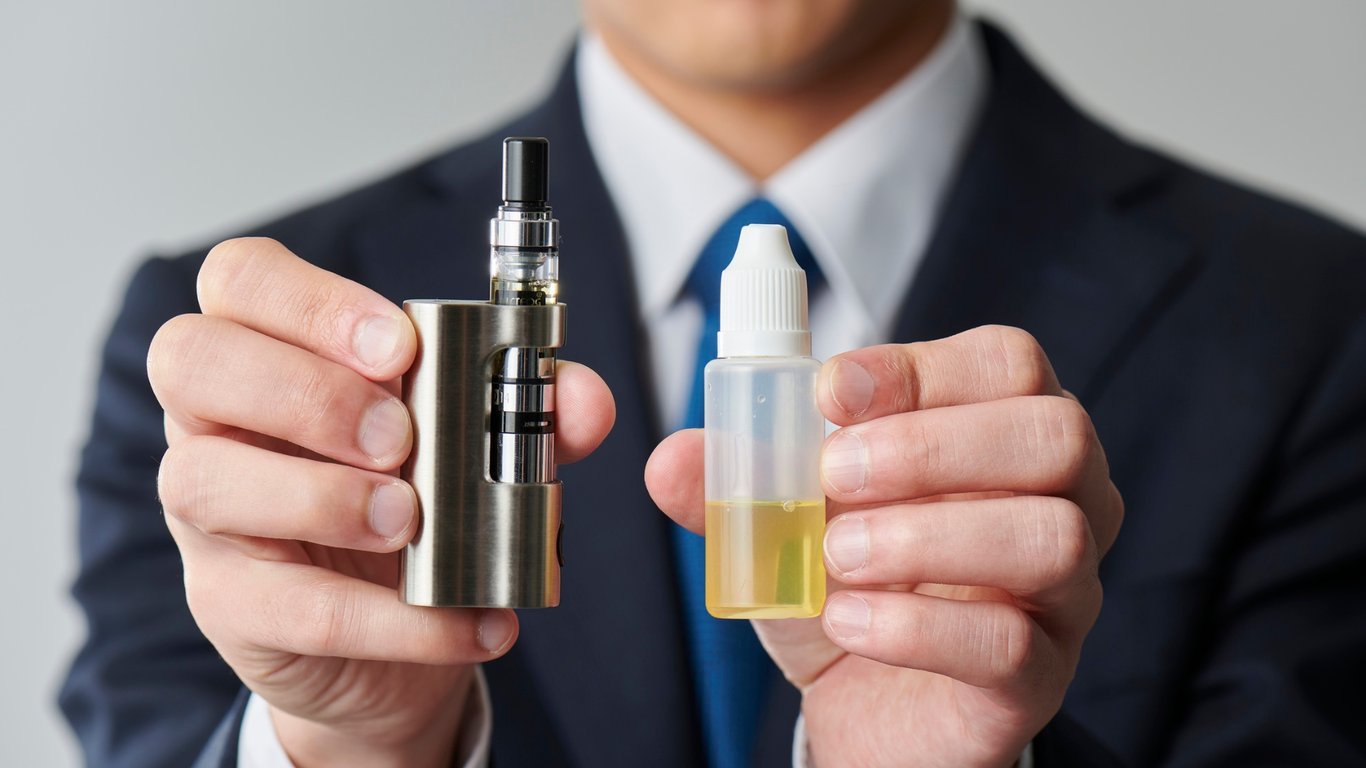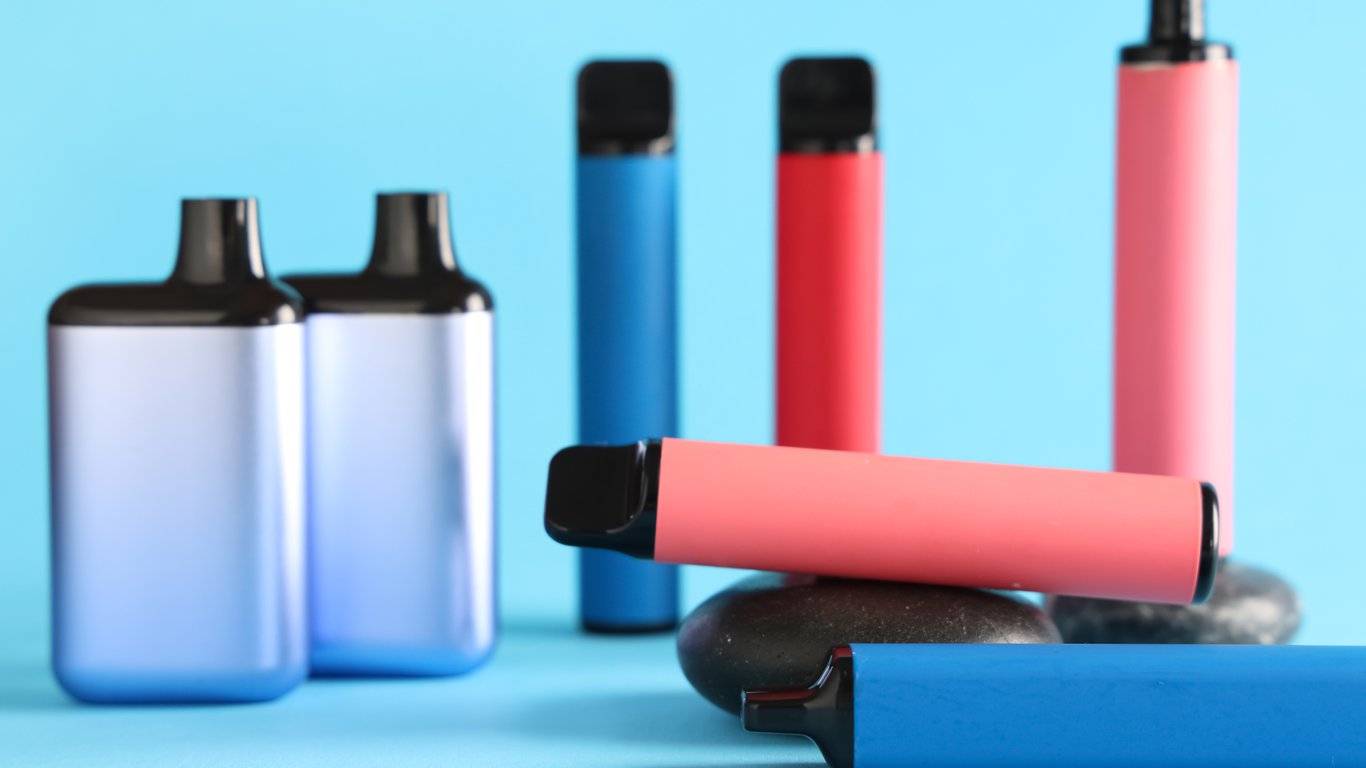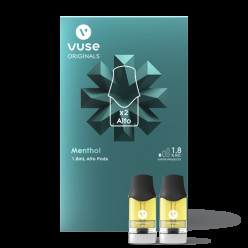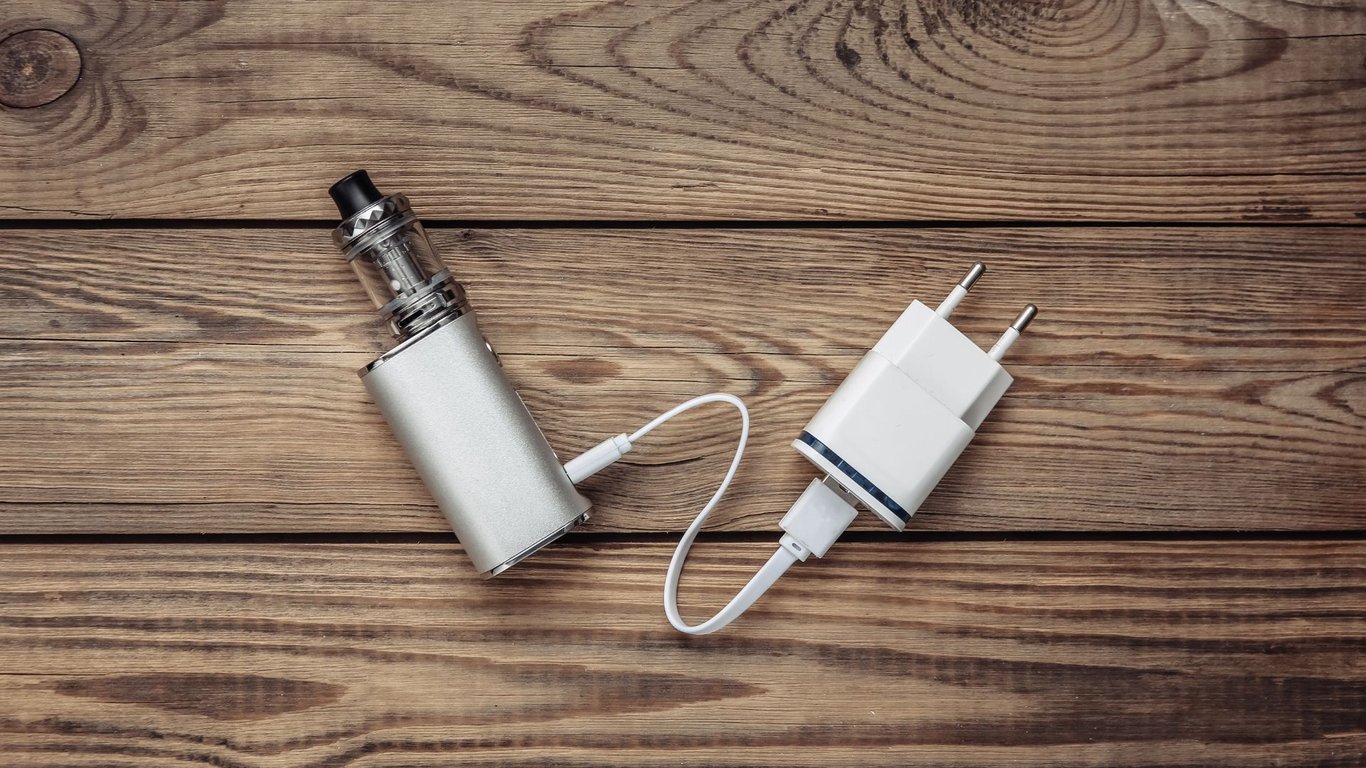
Handling vapes, as with any electronic device, requires some knowledge on how to take care of the product. Vape battery safety is crucial, and even experienced vapers can pick up a few safety tips to safeguard their experience. Mishandling lithium-ion batteries can lead to overheating or rare but serious incidents. We’ll look at practical advice to minimize risks and extend your setup's life.
Quick Answer: Top 7 Safety Rules
For a fast reference, here's a bite-size checklist of must-know rules:
- Always use batteries and chargers from reputable brands—avoid cheap knockoffs.
- Inspect wraps and cells before each use; damaged ones go straight to disposal.
- Charge on a non-flammable surface, never unattended or overnight.
- Store in cool, dry spots away from metal objects or kids/pets.
- Match your device's wattage to the battery's limits to prevent overload.
- Carry spares in protective cases, not loose in pockets.
- If it smells funny, hisses, or heats up unusually, stop and isolate it immediately.
Vape Battery Basics
You might feel overwhelmed by battery jargon when you first start vaping, as it can seem like learning a new language. Most devices use lithium-ion batteries, which pack substantial energy into a compact form but require careful handling for safety. There are two main types. Integrated batteries are sealed inside pod systems or disposables, eliminating the need for swapping and suiting beginners who value simplicity. External batteries, like 18650s in starter kits and mods, remove easily for replacement and work well for longer sessions.
mAh measures capacity; a 3000mAh battery might last a full day. CDR indicates the maximum safe current in amps without overheating, similar to a speed limit. When evaluating CDR vs mAh vape battery options, check with your device’s specs; you may need a higher number (20A+ or more) for high-wattage sub-ohm setups to ensure cooler operation, even if it drains faster.
Choosing Safe Batteries
Opt for trusted brands and check for holograms or serial numbers to detect fakes. For 18650 battery safety, ensure the CDR matches your mod's output. Beginners with pods should stick to integrated options for zero-fuss reliability.
For example: A smoker switching to a Juul-like disposable gets hassle-free power, but mod users might grab dual 18650s for all-day vaping. Always buy from verified sellers, and if it's a bulk pack, test one first.
Charging Best Practices
Charging is where most slip-ups happen. While external chargers are preferable for removable batteries, many modern regulated mods have balanced USB charging that's reasonably safe, though still not as good as dedicated chargers.
Is it safe to charge a vape overnight? Modern protections help, but unattended charging raises fire risks and shortens life, by varying amounts. Quick checklist: Unplug at 100%, monitor first cycles, and rotate batteries to even wear.
Handling, Storage & Transport
Never pocket loose cells; coins or keys can short them. For how to store vape batteries, keep them at 40-60% charge in plastic cases, in a drawer away from humidity or 90°F+ temperatures. Refrigeration (not freezing) suits long-term holds.
Do: Wipe contacts clean monthly.
Don't: Stack without dividers or expose to water.
Here’s an example: A parent might stash extras in a locked toolbox, while a traveler uses foam-lined pouches.
Using Your Device Safely
Remember, safety begins with correct practices. For charging, always employ the manufacturer-provided cable and a low-amperage wall adapter. You can read any booklets or instructions that come with your device for the correct ways to charge.
How do you match power to battery? Use 20A+ CDR cells. Avoid chain-vaping to let it cool; over 140°F triggers safeguards in good mods. For disposables, puff steadily; for mods, preheat gently.
Monitor your coils closely as well. You probably know what your vape tastes like normally, but what if something seems off? A burnt flavor signals the need for immediate replacement; continuing with a degraded coil can lead to unpleasant draws and potential equipment failure. It’s helpful to refill the tank over a sink to contain any spills. When storing, keep the device away from direct sunlight, children, and pets.
We’ve discussed a lot about the devices themselves, but each person is different and can have different reactions to vaping. Apart from your vape, pay attention to your body's responses, too. If you feel dizzy or have throat irritation, dial back your vape sessions a bit. Like with many other things, moderation is key to enjoying the experience.
Warning Signs & What To Do
You can spot battery trouble by watching for bulging wraps, unusual warmth, or odd odors; these are clear warnings to act. If you notice venting signs like hissing, smoke from the mod's vents, or a chemical smell, evacuate the area right away and douse it with sand, never water. Even a small tear in the vape battery wrap exposes metal, which risks shorts and fires, so re-wrap it immediately with Kapton tape or retire the battery. Do a weekly smell test, and if it's hot to the touch, isolate it in a metal bin outdoors.
Traveling With Vape Batteries
A bit of routine care will make your battery more reliable and keep everything working well. Gently clean charging ports with isopropyl alcohol, and fully charge and discharge it once a month. Rechargeable vape batteries usually last 300 to 500 cycles; disposables only a few days to weeks. Replace it if capacity falls 20 percent, it won't hold a charge, or you see dents. Easy vape battery safety tips like this go a long way to keeping you safe.
Maintenance & Replacement
With a little routine care, you'll boost your battery's reliability and keep things running smoothly. Be sure to follow the charging and cleaning tips we provided. If you do, you should get around 6 to 12 months from your battery with heavy use.
Shop Vape Ecigs for Quality Vape Products
Learning these tips turns vaping into a pleasant move away from smoking. New vapers and experienced vape enthusiasts can enjoy their experience with a few safety preventive measures. Keep yourself updated, check your vape frequently, and seek advice from experts regarding specific devices.
Discover a top vapes selection at Vape Ecigs. Try Jinx Zero Vapes (like the Jinx Zero Grape Ice Vape) if you’re looking for a way to step away from nicotine. Shop Vape-Ecigs.com for the necessary devices and accessories, including Logic Vapes (such as the Logic Pro Vaporizer), JUUL Pods, Vuse Vapor, and Blu Disposable E-Cigs.
FAQs
Q. Is it safe to charge a vape overnight?
A. Overnight charging can potentially pose some risks. It’s generally not safe to charge overnight; doing so risks overheating and degrading cells faster; unplug after 2–3 hours.
Q. How do I know if my 18650 is still safe?
A. Check for swelling, dents, or 20%+ capacity loss; test voltage (above 3.2V rested).
Q. Can I use any 18650/21700 in my mod?
A. No; match CDR to wattage; mismatches cause failures. To ensure accurate ratings, only purchase batteries from reputable brands.
Q. What happens if my battery wrap is torn?
A. It can short-circuit, leading to rapid discharge or explosion. Immediately re-wrap or discard any battery with a torn wrap.
Q. How should I dispose of a damaged battery?
A. Tape the terminals, and take it to a recycling center. Don’t throw it away, as it poses fire hazards.
The post Vape Battery Safety: Essential Tips Every Vaper Should Know appeared first on Blog Vape-Ecigs.
